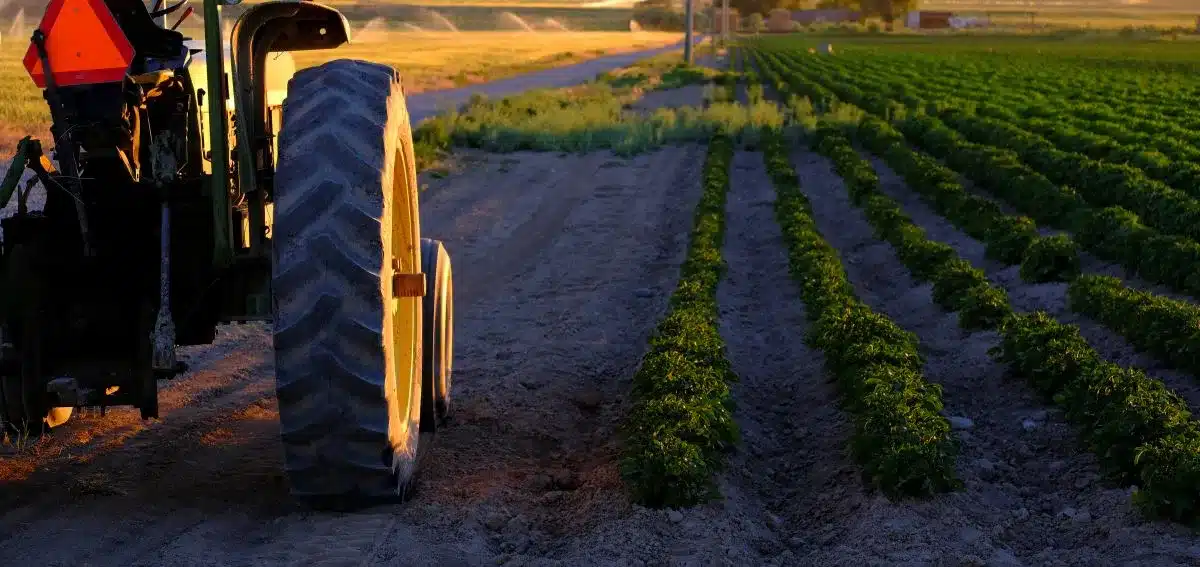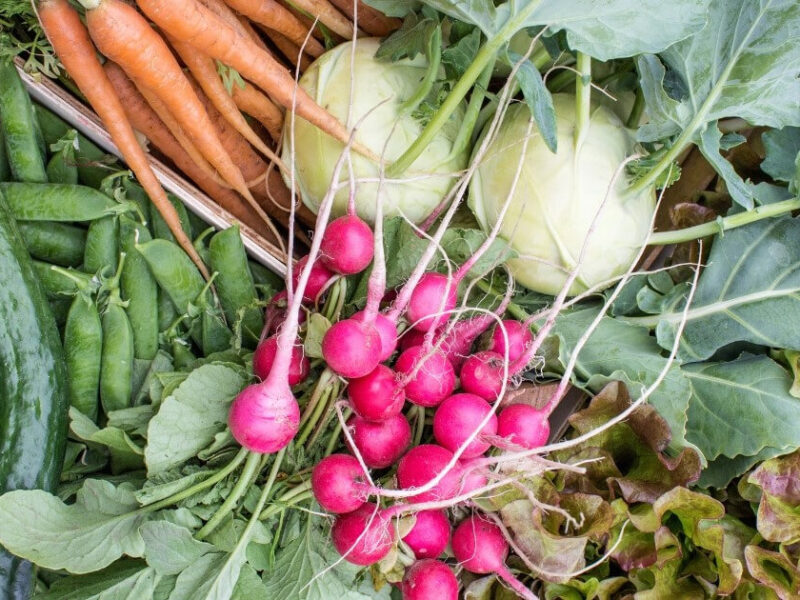
Labor Shortage: 5 Hidden Ways It Drives Up Produce Costs
- Introduction: The Hidden Driver Behind Rising Prices
- Fewer Hands on the Farm
- Distribution Bottlenecks Add Pressure
- Higher Wages, Higher Wholesale Costs
- How It Hits NYC Food Businesses
- Smarter Sourcing Strategies for NYC Kitchens
- Conclusion: Preparing Your Kitchen for the Future
The Hidden Driver Behind Rising Prices
If you’ve felt the sting of higher wholesale produce prices in your NYC kitchen, you’re not alone. Inflation, fuel, and supply chain hiccups grab the headlines, but the labor shortage is the silent force pushing costs higher. For chefs, restaurant owners, and catering managers, this shortage doesn’t just mean pricier ingredients. It means menu uncertainty, tighter margins, and constant stress trying to balance quality with affordability.
Behind every tomato, apple, or head of lettuce is a workforce keeping food moving from the farm to your plate. But when the labor force participation rate drops, fewer people are available to harvest crops, drive trucks, or staff warehouses. That imbalance is why produce prices are more volatile than ever.
The U.S. labor market is facing one of its toughest tests in decades. And while national economists talk about broad trends, it’s your daily deliveries, invoices, and customer menus in NYC that feel the impact.
1. Fewer Hands on the Farm
America’s farms rely heavily on seasonal workers, but today the labor force in agriculture is shrinking fast. From Washington apples to California stone fruit, farmers say they can’t find enough people to pick crops, even as wages climb.
A big part of the issue is labor force participation, which has been trending downward for years. Younger workers are opting for higher-paying, less physically demanding jobs, leaving farms scrambling to fill roles.
Some may ask, “What about unemployed workers?” Unfortunately, farming is highly skilled, physical work that many job seekers aren’t willing or able to do. Even when wages go up, few are stepping into the fields.
Nationwide, job openings in agriculture topped 2.4 million in 2024, with more than half of farmers reporting they couldn’t find enough workers. That means unharvested crops, wasted produce, and reduced supply flowing into wholesale markets.
2. Distribution Bottlenecks Add Pressure

Labor issues don’t stop at the farm. A shortfall in truck drivers and warehouse staff is slowing deliveries and cutting into productivity growth across the food supply chain. For a city like New York, where restaurants depend on just-in-time delivery, those delays quickly turn into headaches.
This slowdown also drags on economic growth. When farms can’t ship efficiently, and distributors can’t meet demand, the ripple effects hit restaurants, caterers, and coffee shops.
The result? Slow economic growth in the sector, with increased costs passed down to every buyer. Restaurants see it in fluctuating invoices week to week.
It’s worth noting that foreign born workers make up nearly 86% of U.S. agricultural jobs, but immigration hurdles mean there still aren’t enough hands. And with the H-2A visa program becoming costlier and more complex, farms and distributors struggle to keep food moving.
3. Higher Wages, Higher Wholesale Costs
To address labor shortages, farms often raise wages. But while that helps retain workers, it also drives up overall production expenses. Apple growers in Washington, for example, saw 99% of their gross returns go toward labor costs in 2023 (The Packer).
Falling labor productivity adds another challenge. When there aren’t enough skilled workers to keep operations efficient, costs rise and produce quality may suffer.
And this isn’t just an agriculture story. The health care sector is facing similar shortages, and the parallel shows what happens when critical industries can’t staff enough people, higher prices, stressed systems, and inconsistent service.
4. How It Hits NYC Food Businesses
For the food services industry in New York, the squeeze is real. Restaurants, hotels, and catering companies see daily reminders that costs are climbing while customers resist higher menu prices.
At the same time, larger workforce challenges like the gender pay gap and an aging population keep shrinking the labor pool. By 2032, labor force participation is projected to drop another 2% (USDA ERS).
That translates into broader workforce shortages. Hotels, catering kitchens, and coffee shops all feel the pinch. Labor challenges affect not just prices, but consistency of supply.
Some businesses are finding small wins with productivity gains, like adopting digital ordering systems or streamlining prep work. But these gains can’t fully offset the rising costs from farm to distribution.
5. Smarter Sourcing Strategies for NYC Kitchens

So, what can your kitchen do? It starts with boosting productivity where possible, and working closely with distributors who can deliver reliable produce despite the national labor crunch.
Look for signs of employment growth in your supplier’s operations. A strong, stable team on their end means fewer disruptions for your deliveries.
Pay attention to labor supply sources, too. Choosing Seasonal Produce and buying more New York Seasonal Produce helps cut dependence on long-haul trucking, where driver shortages slow things down.
Better worker productivity in your supplier’s warehouses means fresher produce arriving faster. And encouraging workforce participation among younger workers helps sustain the pipeline.
Other industries like hospitals struggle to keep registered nurses; in foodservice, it’s produce handlers, drivers, and prep staff. And just as health care sees constant wage growth, so does agriculture, and those costs travel to your kitchen.
Attracting younger workers into food distribution is part of the long-term fix, especially as demographic shifts accelerate. Food is a critical industry, and without reforms like immigration reform, the shortage of qualified workers will only worsen.
For now, your best option is to rely on distributors who know how to maximize the existing workforce and plan for continued job growth in the sector. Some invest heavily in capital investment, smarter warehouses, cold storage, and logistics tech, to retain workers and stabilize prices.
But with population growth continuing, the gap between open jobs and workers will remain wide. Many experts argue for employment based immigration reform, alongside technical education to build a pipeline of skilled workers for other key sectors like retail and manufacturing.
The reality is a continued decline in available workers for farms and food processors. Just like the demand for personal care aides and nurse practitioners in health care, agriculture is competing against the national average wage across industries, and losing.
It’s part of a long term trend that began after World War II, when mechanization replaced some jobs, but labor demand for fruits and vegetables stayed high. Now, there simply aren’t enough job seekers willing to fill the gap.
That’s why industries from advanced manufacturing to foodservice must rethink how to meet demand with fewer working age adults. The push for technology adoption is one solution, but with many choosing early retirement, the labor pool keeps thinning.
For food distribution, produce remains labor intensive. And with shifts in population age and fewer working age people entering ag jobs, businesses must work harder to attract and retain staff.
Boosting educational attainment and offering flexible work arrangements could bring more young people into the fold, but as baby boomers exit, there will always be more available job openings than workers.
The solution will involve expanding access to legal immigrant labor, adjusting retirement age policies, and responding to what every report noted: this is no longer temporary. Government policy will be central, as competition from retail trade and rising unemployment rates leave farms without enough workers for the available jobs.
Barriers like child care and rising costs of living mean many potential workers opt out entirely, even as increasing employer demands create pressure. With more than one million people tied up in immigration backlogs, outdated immigration policies keep blocking the flow of more workers into agriculture.
Without reform, America risks losing its economic opportunity in food production. Over the next decade, shortages will intensify as older workers leave the fields. That’s why sourcing Seasonal Produce and partnering with trusted distributors for your wholesale produce supply is the smartest way to protect your kitchen today.
Preparing Your Kitchen for the Future
The U.S. labor crisis is complex, but for NYC chefs and food businesses, the impact is simple: higher costs, less predictability, and constant stress. From farms short on workers to warehouses struggling to staff, the labor shortage is the invisible thread pulling your menu prices higher.
The good news? You don’t have to navigate it alone. By sourcing New York Seasonal Produce, leaning on experienced distributors, and choosing partners who invest in their teams, you can stabilize your menu costs and protect your bottom line.
Wholesale produce will always face challenges, but your kitchen can adapt by working smarter and staying connected to suppliers who understand the reality of labor shortages.
👉 Ready to secure fresher, more reliable produce for your NYC kitchen? Partner with Valley View Produce today for consistent, seasonal, wholesale supply delivered to your door.



